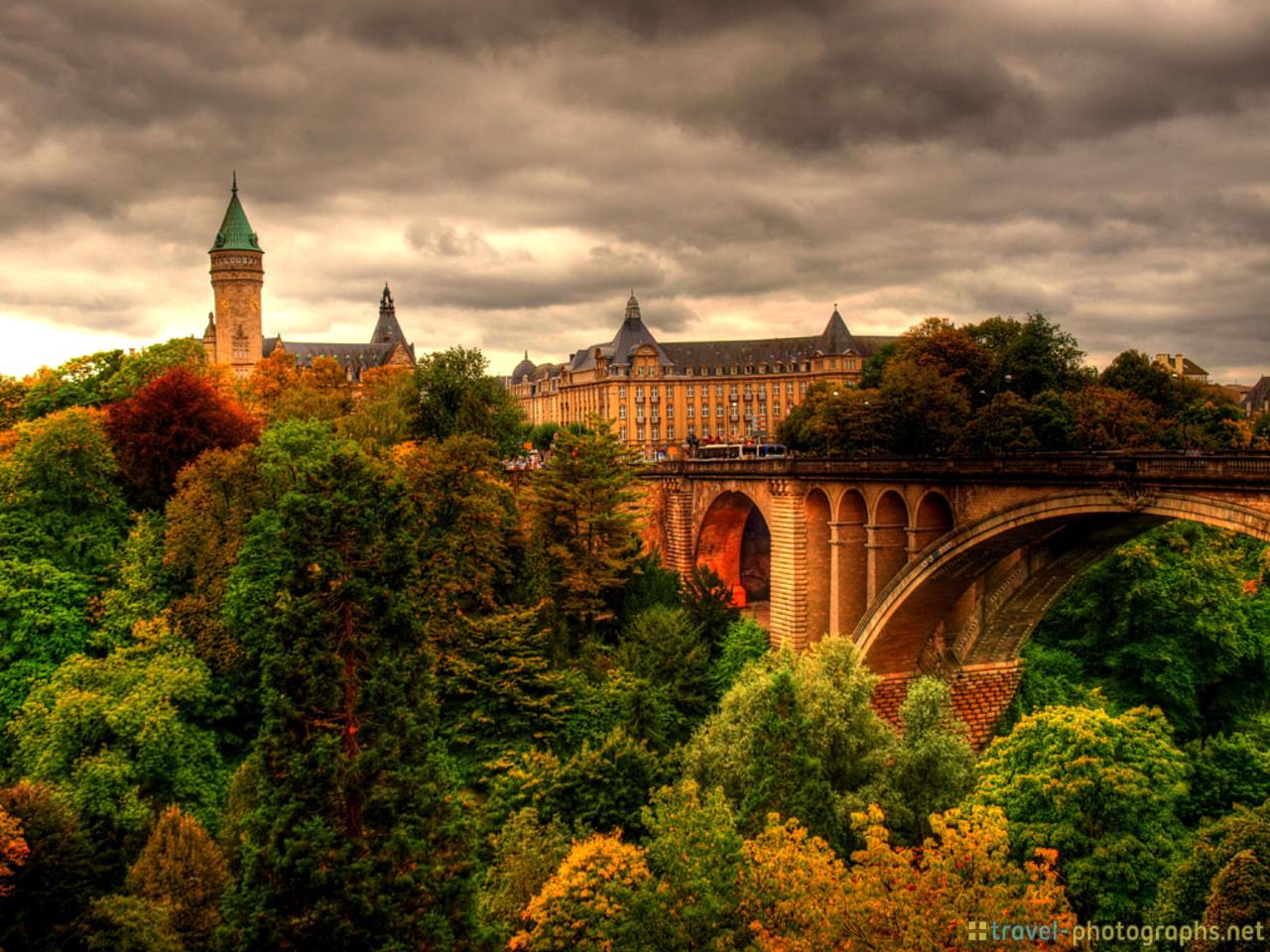
This refers to Luxembourg’s history of ownership by foreign powers and the wish to remain independent now and in the future. Luxembourg’s motto is mir wëllebleiwewatmirsinn, which means ‘we want to remain what we are’. Recognized as a UNESCO World Heritage Site, they are now open to the public. They were used as air-raid shelters during the two World Wars and could protect up to 35,000 people.

The earliest sections were built in 1644, enlarged 40 years later and then again in the 18th century – some parts are 40m deep. The network of Bock and Pétrusse casemates were built as part of the city’s defenses. There are 17km of underground tunnels cut out of the solid rock beneath Luxembourg City. Over the years, the little fort became a major fortress. Luxembourg was founded in 963AD as the County of Luxembourg by Sigefroid, Count of the Ardennes, who built a fort on the site in fact, the ancient Saxon name Lucilinburhuc (‘little fortress’) symbolised its strategic position. Luxembourg gets its name from a Saxon fortress. June 23 is a public holiday in Luxembourg, in fact. In 1962 it moved to 23 June to take advantage of better weather. The choice of date goes back to the early 20th century when the nation celebrated the actual birthday of Grand Duchess Charlotte (1919–1964) on 23 January. June 23 is the date of the Grand Duke’s official birthday but neither Henri – nor indeed any other Grand Duke – was born on that day. The present Grand Duke is Crown Prince Henri who assumed the throne in October 2000.


Lux city of secrets guide full#
The country’s full name is, in fact, the Grand Duchy of Luxembourg. Facts about Luxembourg’s political system: it is the only Grand Duchy in the world.Īfter the defeat of Napoleon in 1815, the Congress of Vienna made Luxembourg into a Grand Duchy, a state or territory ruled by a grand duke or duchess.


 0 kommentar(er)
0 kommentar(er)
